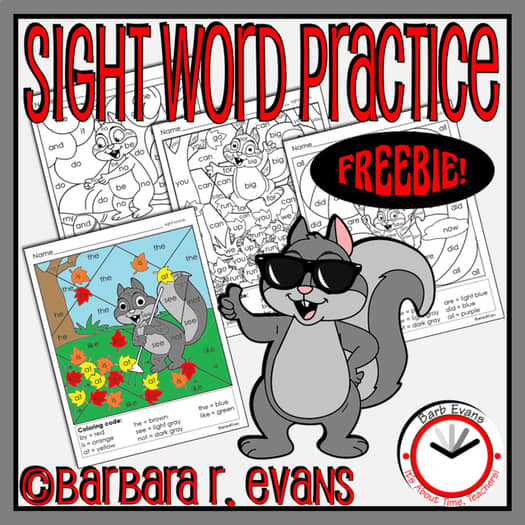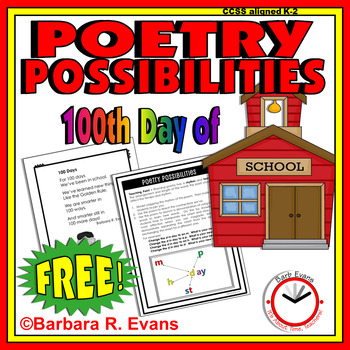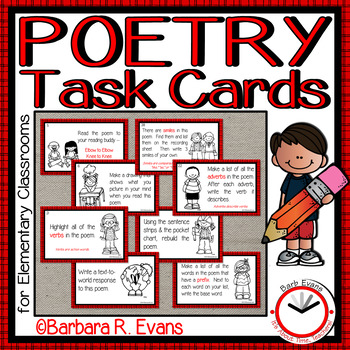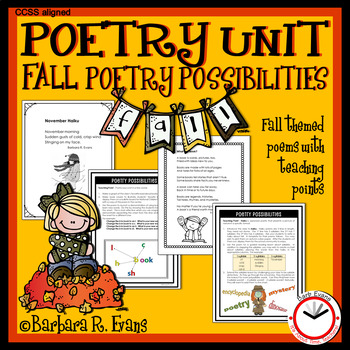In the course
of your word work, teachers, it’s now time to introduce flexibility for
spelling patterns that change sounds. To
this end, make 3 words with the same spelling pattern, but differences in
sounds, e.g. come, some, home.
Say the
words for your student, pointing out that the spelling pattern is the same.
Now, make 3
more words with a spelling pattern that changes its sounds, e.g. bear, wear,
near.
It’s time to put the task on the
child. Ask her to say the words. Then ask her if they are words she has heard
before. If she is able to correctly
pronounce all of these words, she is demonstrating flexibility. If, however, she struggles with this,
demonstrate for her how readers try different sounds until the word is
familiar.
If the student struggles with flexibility, you can also address the issue in text reading. For example, Marianne Berkes' book, Over in the Ocean: In a Coral Reef, is a counting book that rhymes. Such a book is great for flexibility because it give your student inherent clues for using flexibility. On the following page, two is a tricky word with an unusual spelling pattern.
When your student pauses at two, quickly cover the text with your hand and ask her what would make sense there.
If you receive a blank stare, ask her to reread from the beginning of the page. When she reaches two, insert the /t/ sound for her and wait for two to pop out of her mouth. Most often it will pop out. If, however, it doesn't, remind her that this book is a counting story (there is even the numeral 2 on the page) that also rhymes. Reread with her from the top of the page, thereby pushing her to read more fluently. When you reach two, again give the initial sound. Now it should pop out of her mouth. If, by chance, she still does not produce two, point to the numeral on the page. Then, have her reread from the top yet again.
After she reads it correctly, draw her attention to the word two, and ask her if two makes sense there. Then ask her if the word looks like it could be two. Assuming she answers affirmatively to both questions, reassure her that, indeed, it does say two, even if it doesn't look like to or too with which she is familiar. If she still struggles with this text, it may simply be too difficult for her. Toss it aside and choose another book.
As always, stay with this task
until you are confident she understands it.
 The time has come to end this series about Word Work. Hopefully, it has been helpful to those of you working with emergent readers. The complete text, including points not covered in this blog, is available in my TpT store.
The time has come to end this series about Word Work. Hopefully, it has been helpful to those of you working with emergent readers. The complete text, including points not covered in this blog, is available in my TpT store.
Now that we are in the holiday season, everyone tends to feel a time crunch. In an effort to ease the stress, Melissa at Mrs. Bushnell's 4th grade blogspot is hosting a holiday linky party. Check it out! It just might save you lots of planning time.
While you are blog hopping, be sure to check out 3 fabulous giveaways. Stop by Teacher's Toolkit where Wendy is having a huge giveaway to celebrate 200 followers. (I'm donating a product of the winner's choice.)
Jennifer at Live. Teach. Create. is having a giveaway, too. (I'm donating Poetry Possibilities - Fall.) Take a minute to enter.
Until next time...



















































